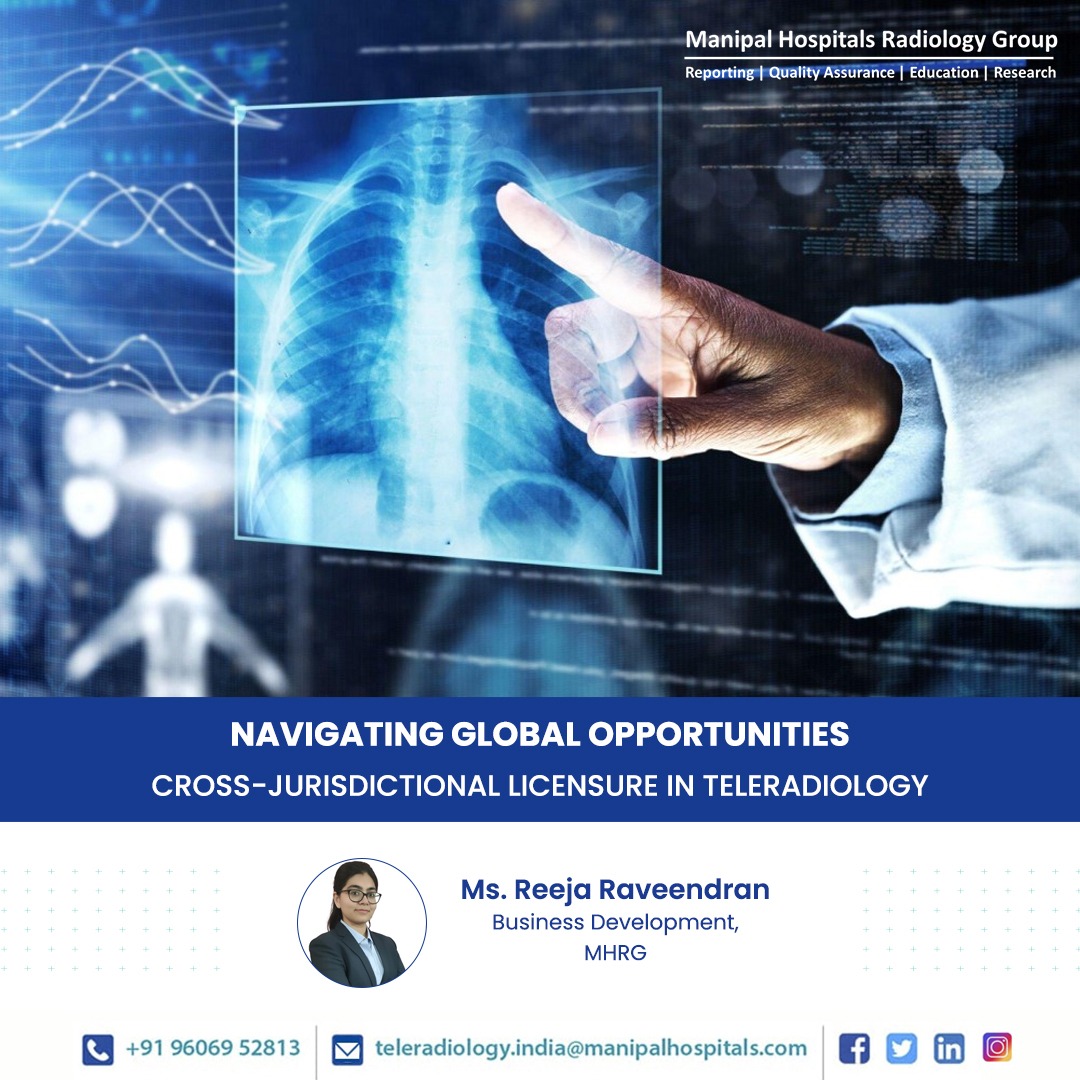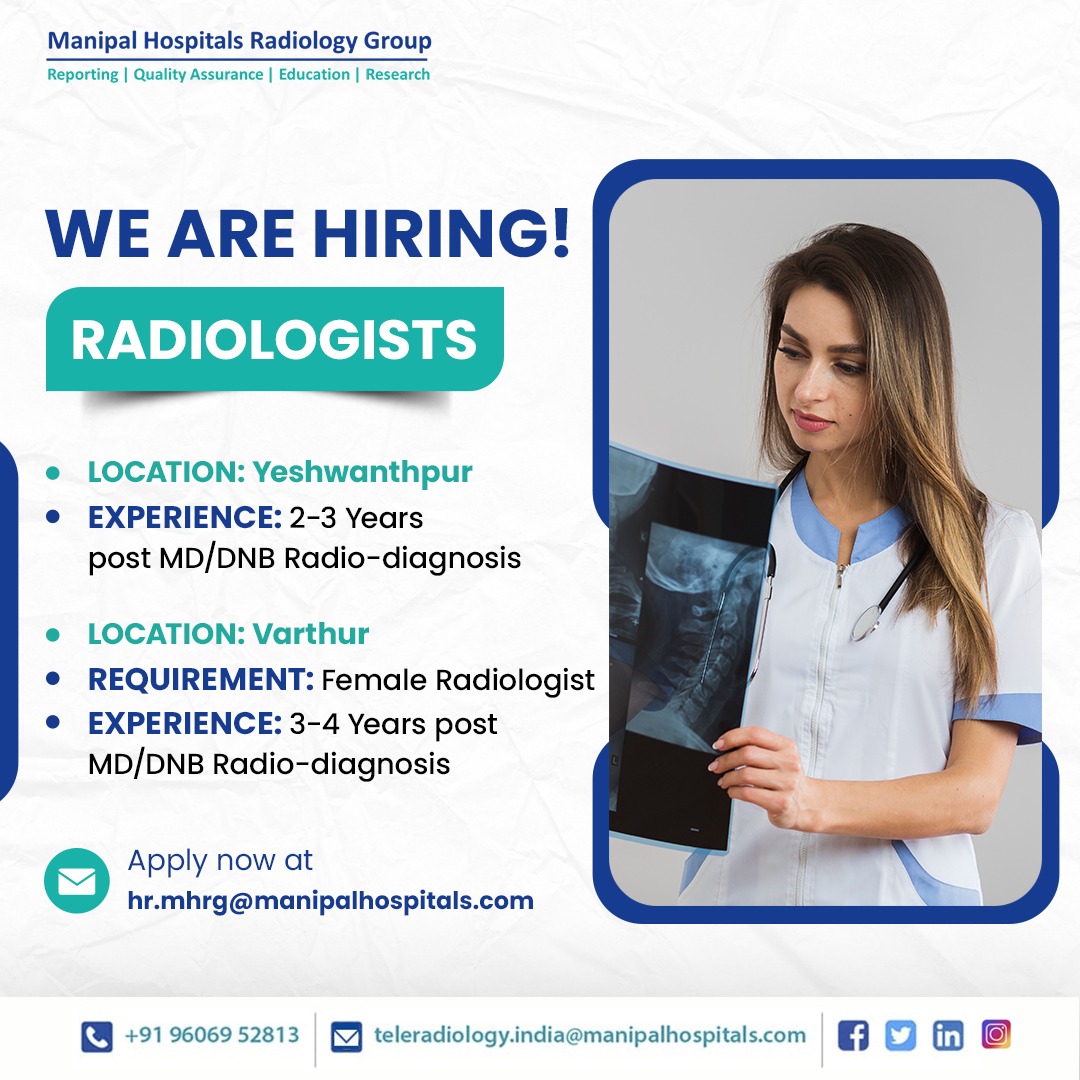Teleradiology has truly transformed medical imaging, empowering radiologists to interpret scans from virtually anywhere. This advancement has helped address radiologist shortages, significantly expediting diagnoses, and ultimately enhancing patient outcomes worldwide. As teleradiology continues its inspiring expansion across borders, it opens up a wealth of opportunities for global collaboration and expertise sharing. Understanding the pathways to seamless cross-border practice is key for radiologists, healthcare institutions, and policymakers to maximize these benefits.
Unlocking Global Practice: Navigating Licensure in Teleradiology
A key aspect of expanding international teleradiology practice involves successful navigation of licensure requirements. Most countries are committed to ensuring high standards of patient care by requiring medical professionals to be licensed within their jurisdiction before providing diagnostic services. This framework ensures quality and trust.
Key Avenues and Considerations for Licensure:
- Understanding Geographic Requirements: Many countries, including the U.S., require radiologists to hold a state-specific or country-specific license to interpret medical images. Familiarity with certifications like ABR, RANZCR, MCI registrations, and others is a valuable asset for global practice.
-
Leveraging Reciprocity Agreements: Excitingly, some countries have mutual recognition agreements in place. These facilitate a smoother pathway for foreign radiologists to practice, often with streamlined additional licensing requirements, fostering international professional exchange.
-
Exploring Telemedicine-Specific Licenses: A growing number of regions are proactively introducing special teleradiology or telemedicine licenses. These innovative frameworks are designed specifically to support and facilitate efficient cross-border diagnostic services, simplifying global outreach.
-
Meeting Credentialing Standards: Hospitals and imaging centers are committed to excellence, and as such, they often have additional credentialing standards that complement national or state regulations. Meeting these showcases a radiologist's commitment to the highest quality of care.
Exploring opportunities for streamlined credentialing and understanding the specific pathways available will empower a successful and compliant international practice. The dynamic growth of global teleradiology is truly exciting, presenting immense opportunities to enhance access to world-class radiology expertise.
While navigating cross-jurisdictional licensure and liability requires thoughtful planning and research, it is an incredibly rewarding endeavor. By proactively securing appropriate licenses, ensuring robust legal protection, and adopting best practices, radiologists and healthcare organizations can confidently and effectively expand their reach, contributing significantly to the international medical imaging landscape.
What are your thoughts on this inspiring journey of global collaboration in teleradiology?
Ms. Reeja Raveendran
Business Development, MHRG


